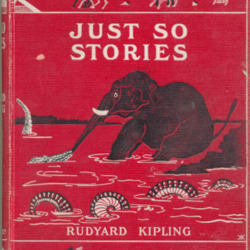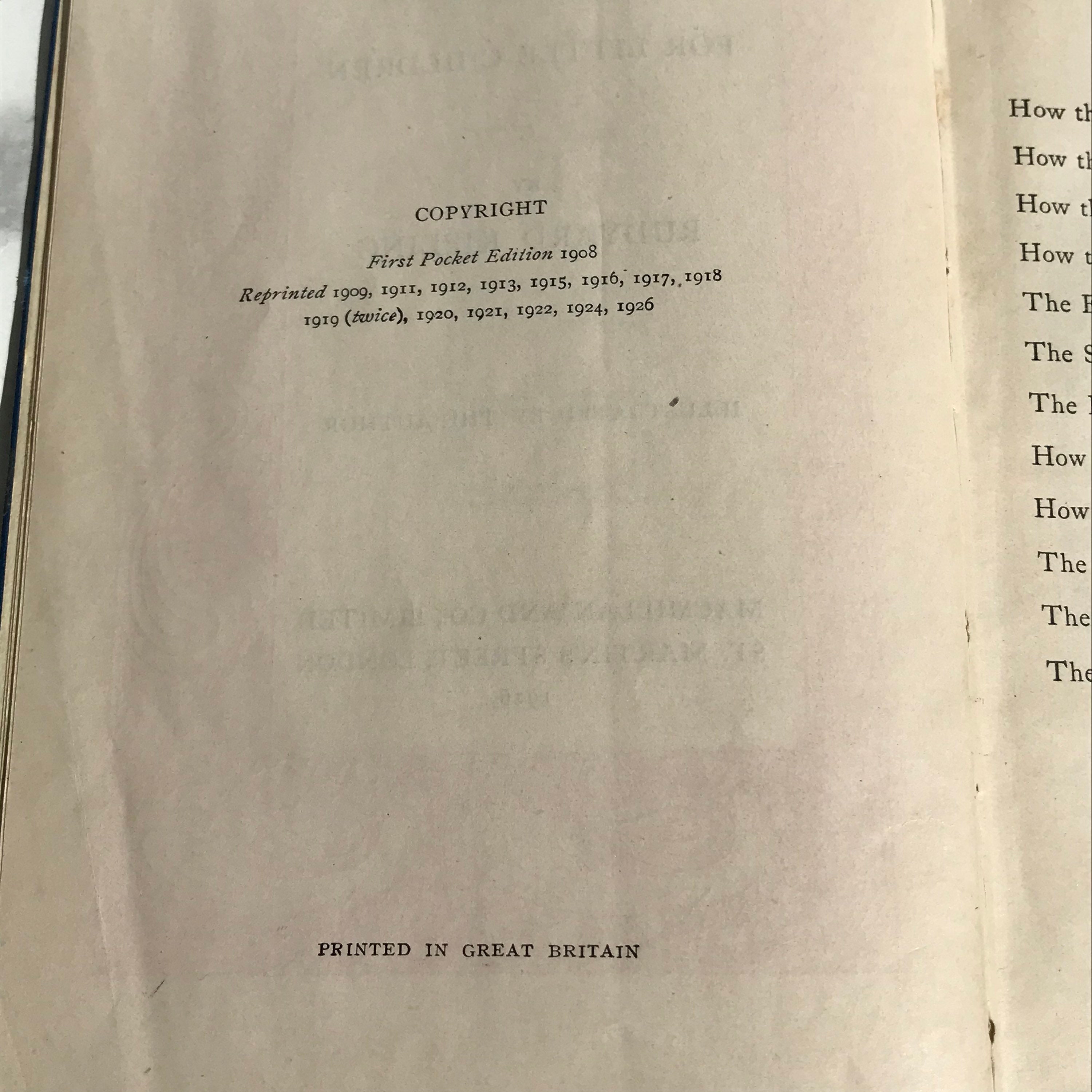
But the actual stories, the plots, the narratives themselves, sometimes feel a bit laboured and effortful. My kids didn’t like the Just So stories when I tried to read them to them when they were small – and I’m not sure I really enjoyed any of them this time round. Like a lot of Kipling’s prose, it’s a good idea, indeed a brilliant idea – made-up fables which explain the origin of the animals which all children know about from books and toys. As does the baby language he uses – ‘scruciating’, So maybe the settings (and animals) are chosen simply because they’re ones which an Edwardian child would find wonderfully exotic.Īs they would the language – I’ve no idea whether Kipling coined the phrase ‘it was in the High and Far-Off Times’ and calling the hypothetical child to which the tales are told ‘O Best Belovèd’ – but like his use of ‘thees’ and ‘thous’ in the Jungle Books – these turns of phrase seem immediately right and appropriate. But later stories are set in Africa and South America and then – surprisingly – Stone Age England. The idea of origin stories in which we find out how animals got their names or attributes obviously has Biblical overtones, reminding us of Adam’s naming of the animals in the Book of Genesis. the Djinn from the deserts of Arabia who gives the camel its hump in story two, the Parsee in the desert in the Rhinoceros story).

The settings are various: the details of the first few stories suggest The Arabian Nights (e.g. ( Rudyard Kipling His Life and Work by Charles Carrintgon, Penguin paperback edition p.344) There was an inimitable cadence, an emphasis of certain words, an exaggeration of certain phrases, a kind of intoning here and there which made his telling unforgettable. There was a ritual about them, each phrase having its special intonation which had to be exactly the same each time and without which the stories are dried husks. The Just So Stories are a poor thing in print compared with the fun of hearing them told in Cousin Ruddy’s deep unhesitating voice. Charles Carrington’s biography of Kipling quotes his children’s cousin, Angela Mackail, who remembered Kipling’s reading style:

Also that they are meant to be read aloud.

There are twelve Just So stories for children – and any reader needs to remember that they’re aimed at very little children.


 0 kommentar(er)
0 kommentar(er)
